Local Medicine - Natural Medicine's Collective Wisdom Challenge
I live in Meti country.

This area was first opened up by French traders. Many of them took Native wives, who held the knowledge of the land. The First Nations People had been surviving in this harsh land for thousands of years. Without these First Nations women, who held the traditional knowledge, transmitted orally from generation to generation, many of those traders would not have survived.
Plants were an important component of indigenous medicine. They would gather the wild plants and make pastes, poultices, juices, powders, infusions and decoctions.
Medicinal Plants of the Boreal Forest
Acorus Americanus - Rat Root
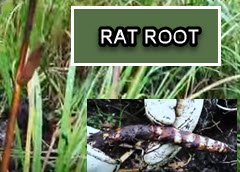
The "Ratroot" was considered an all-round panacea for many complaints. Most commonly it was drunk as tea to treat sore throat, cough and cold.
Making a Cold Infusion
***This is necessary for heat and boiling will destroy some of the vital properties.
Simply soak one ounce of chopped fresh or dry roots in a pint of water overnight. Gently warm it in the morning and use 1/2 cup before meals.
The root can also be chewed slowly to overcome fatigue on long journeys.
Note: These roots can be mildly hallucinogenic if taken in excess. Two inches of root is medicinal but eight inches would be consider an excess.
Bearded Lichen - Usnea
Usnea is a potent antibiotic, even cited to be more effective then penicillin. It's antiviral, antifungal, antimicrobial, anti-inflammatory and is an analgesic. With these wonderful qualities it is often used as a wound dressing and can be directly applied to an open wound. It can also be made into a tincture and used for lung and upper respiratory tract infections plus urinary tract, kidney, and bladder infections.
Sarsaparilla (Aralia nudicaulis L.)
Most commonly the roots of the sarsaparilla were used as a food source but medicinally it was made into a tea and used as a blood medicine, for fainting and fits, or as a tonic. Also it was powdered and used in many-herb remedy to treat various ailments.
Bearberry (Arctostaphylos uva-ursi )
The leaves of the common bearberry or Kinnikinnick which means "that which is mixed" was used in a smoking mix which also contained tobacco and the red osier dogwood. This was used to remedy headaches. The herb was used in ceremonial pipes in spiritual rituals.
The stem, leaves and fruits were made into a decoction and drunk for pain in the back and sprained back. The leaves and fruits were used as a tonic. Just the leaves were made into a decoction and drunk to treat bladder and kidney problems.
Fruits were mixed with grease and taken for diarrhea.
Roots were made into tea and drunk to treat a persistent cough.
Alumroot (Heuchera richardsonii)
The alum root has astringent properties. The roots can be chewed for a sore mouth and will have a numbing effect that can be used for toothaches. They can be made into a decoction and taken for diarrhea. An infusion was used to wash sore eyes . Also they were dried, chewed and the juice swallowed for stomach pain.
Labrador Tea (Ledum groenlandicum)
Labrador tea or muskeg tea leaves are evergreen and can even be gathered from under the snow. It is used to make a tea rich in Vitamin C and is used to treat stomach and kidney complaints.
The flowering tops were used for fevers, chest colds, insect stings and rheumatism. It is also said to quiet the nerves.
Yarrow (Achillea millefolium)
The yarrow is one of the most widely used medicinal plant species in this boreal region of Canada.
Hot yarrow tea is known for inducing sweating and combines well with elder flower and mint for breaking fevers. It was used to help resolve childhood diseases like mumps, measles and chickenpox.
Chewed root was applied to sores on the gums.
It's strong aroma makes it good to use as a misquito repellent - simply pick some leaves and macerate them. Rub the juice on the skin, repeat as necessary.
This is only a small selection of some of the medicinal plants used by the First Nations.
Keep in mind that The Aboriginal healing systems took a holistic approach, which involved spirituality and a strong connection with the natural environment.
There was also strong community networks of people, involved in these healing process. They worked together to make sure folks from the community were directed to people who had the knowledge and could heal.
In some Aboriginal medicinal cultures they had ceremonies and rites connected with the healing process and somewhat secret cures. Those that held the secret cures were often reluctant to share them too freely, for they felt the herbs would lose some of their potency.
They knew the importance of showing respect to the plants by leaving a small offering (tobacco, tea, gun shells, money, sugar or a prayer) when something was taken. This ritual would increases the healing power of the medicine.
Another thing that was important was, which season the plants were collected and also whether they were stored properly. This is something else which influenced the effectiveness of the remedies.
The interaction between traditional practices and local ecosystems could be a good thing if it is used for personal use but if used for commercial uses, which tends to exploit, it was not so good. Ethical harvesting, keeping in mind that only plants would be collected if it could be ensured that there would be a continued presence of those plants, both in the specific area they were collected and across the landscape.
The Aboriginal people of this area had a concern that their knowledge could be stolen by profit-seeking pharmaceutical companies without any acknowledgement or with out involving their communities and that they would not be given proper compensation. These concerns about the respect of intellectual property rights tends to make Aboriginal people reluctant to disclose their knowledge to outsiders.
To save guard the traditional peoples intellectual property rights, a trustful environment can be created by using these ethical principles:
- respect Aboriginal culture and protect sensitive and confidential information;
- ensure that knowledge ownership and project leadership resides with Aboriginal people;
- share benefits with communities;
- contribute to capacity building in Aboriginal communities;
- take into account and protect the interrelationship between environment, health and culture;
- obtain clear and informed consent from research participants, pay careful attention to ethical and legal issues, and obtain ethical approval of research protocols;
- respect Aboriginal and treaty rights.
Taken from "Traditional use of medicinal plants in the boreal forest of Canada: review and perspectives"
The adoption of the United Nations Convention on Biological Diversity, in their Article 8:
Traditional Knowledge, Innovations and Practices, signatories agree to
respect, preserve and maintain knowledge, innovations and practices of indigenous and local communities embodying traditional lifestyles relevant for the conservation and sustainable use of biological diversity and promote their wider application with the approval and involvement of the holders of such knowledge, innovations and practices and encourage the equitable sharing of the benefits arising from the utilization of such knowledge innovations and practices.
A wonderful practice that has come about on a reserve near by our home is the opening of a center with has stocks of locally gathered and cultivated medicinal plants for the local people to use for their medicines.
I have learned much from the First Nations people and I'm grateful for any knowledge of the land they pass on. This makes for better lives all around.
May we all have healthy, happy lives!
This is my contribution to the Natural Medicine Collective Wisdom Challenge #4 - Local Medicine
Photos of plants were taken with my Canon PowerShot A495
I love engaging with folks here so please feel free to leave any comments or questions,
if you found this post beneficial an Upvote is appreciated.
Please don’t hesitate to follow me here on steemit at @porters



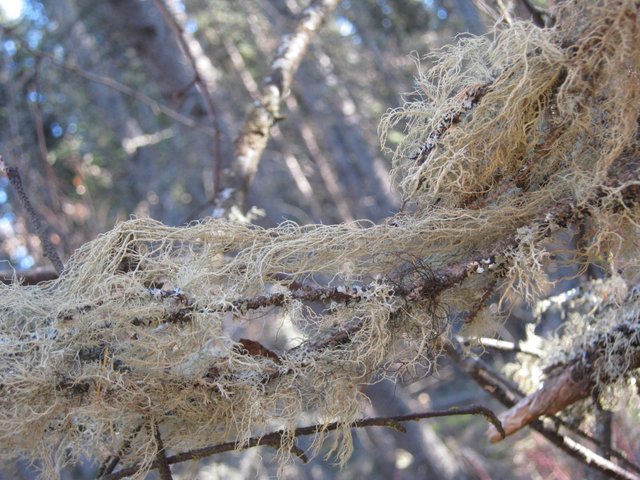
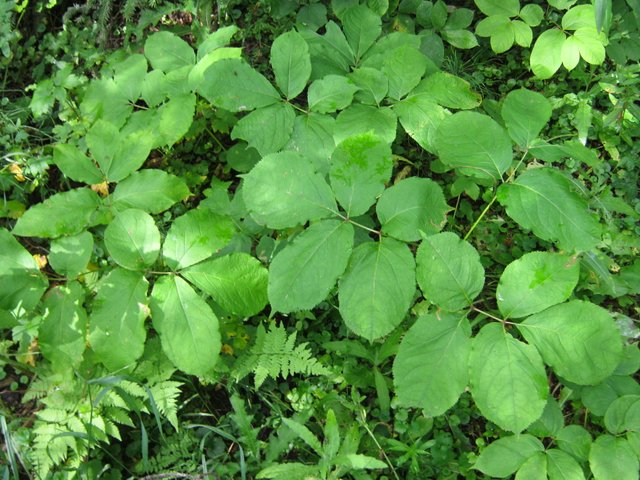
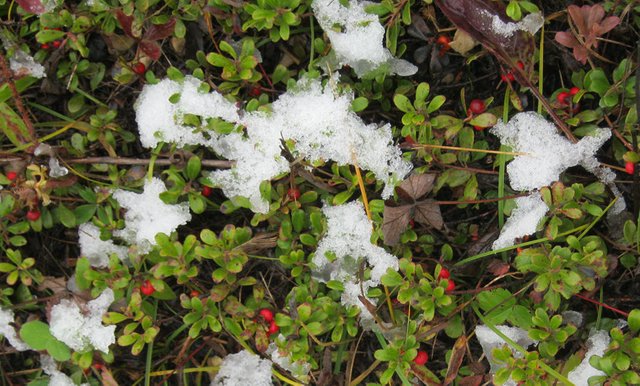
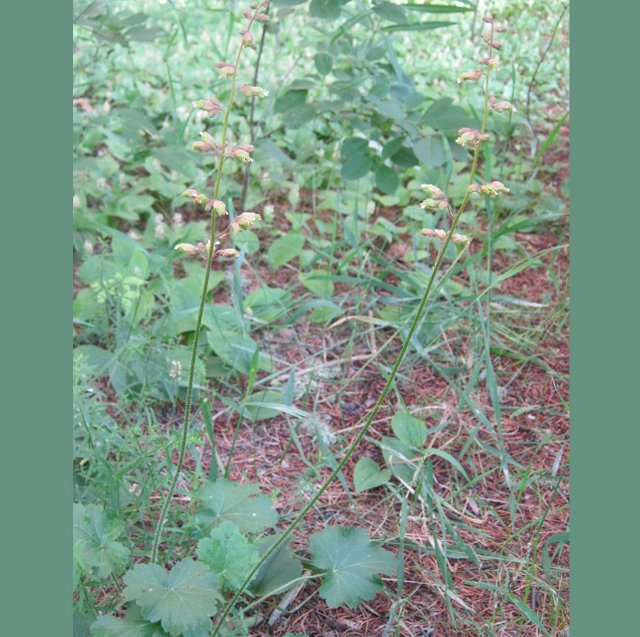
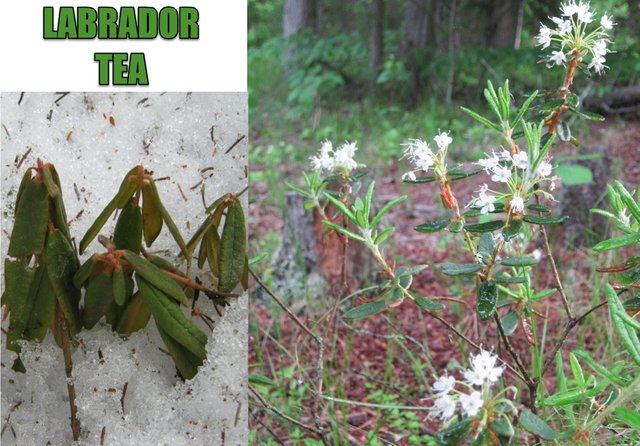
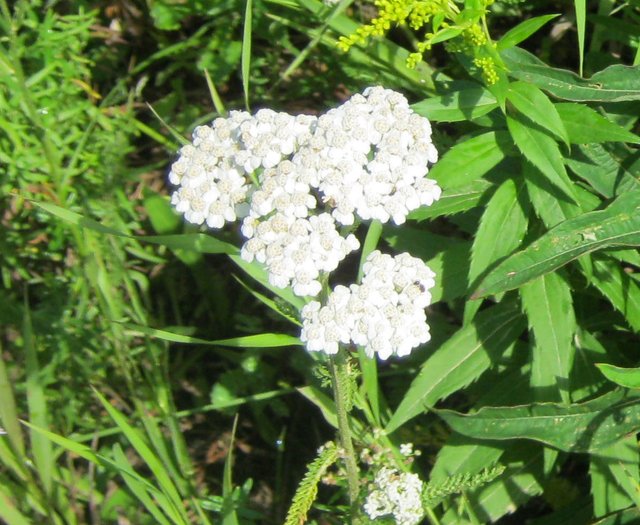
Like me, you were interested in the original people's use of plants. Such an interesting post. Did you learn about new plant uses or plants through your research?
Posted using Partiko Android
I've always had an interest in the uses of the wild plants and moving up into Meti country, living in the forest my interest grew. I had started working on a project with a Native American friend for making a book on learning our culture through images - she has loads of pictures and as I took pictures through the seasons I did my research then on each plant. This time around I did find some wonderful PDFs (free to download) about Medicinal Plants of the First Nations people and specifically one for the Boreal region -where I live. They are now trying to get more of that knowledge recorded or written down to keep it from being lost. Traditionally it was all transmitted orally.
I love to hear the stories from the elders and I'm so grateful when ever they share some of their knowledge. I fully recognize that it is from them that we learn about the knowledge of our land for they are native to this land and my ancestors immigrated to this land.
Great post @porters, I love learning about the traditional uses of plants. There is so much wisdom there that needs to keep being shared so it is never forgotten.
Growing up in the Northwest Territories I was really fortunate to have aboriginal traditions infused into my education and personal life. I often took it for granted when I was young but today I am so grateful for all of the experiences I've had and the knowledge that stuck with me.
I love Labrador tea!
that is really cool and i didn't know that about you! what a blessing. <3
You really were fortunate to have those traditions infused into you! It is very valuable knowledge to have. I love to hear stories of people who live up north for they seem to be of a certain character to be able to live in those harsher climates and seem more reliant on each other. That is what I found when I moved up to where I am now, I loved the people here and the closeness we had as community, until money came in. Have you done many posts on life in the Northwest Territories?
I have not written a lot about my time in the North, it is such a big part of my life so I'm not sure why. I suppose I am so enthralled with what is in front of me now that It's hard to look back. My son is living in Yellowknife so I will be back North eventually to take it all in again.
Strong community is one thing I miss so much as well as cultural diversity. and as you say resilience. There is nothing like meeting someone fresh from a warm country experiencing their first winter in the North and then watching them acclimate over the season. I mean, some people experience an 80 degree temperature difference from where they have come from to the cold of the sub-arctic winter and that's just incredibly shocking. It sure takes grit and shows how adaptable humans really are. It is a really transient place because a lot of people who are not native to the north, can't deal with the cold and even worse the dark of winter.
We've been gone six years. Sometimes it seems like we just left and other times it seems like a lifetime. It has changed a lot in the past decade or so ... and is not quite the wild west that I grew up loving, way too much government and bureaucracy these days. They keep trying to make the North more like the South - which is impossible. There are monstrous houses that cost a fortune to heat and all sorts of absurdities now. Such a shame really.
Here is one snippet of my Northern life, I just remembered this one as I was writing this. A trip I took to Tuktoaktuk and another to the East arm of the great slave lake.
https://steemit.com/ecotrain/@walkerland/my-northern-adventures-destination-tuktoyaktuk
https://steemit.com/ecotrain/@walkerland/my-northern-adventures-destination-the-eastern-arm-of-the-great-slave-lake
It is wonderful to read about your life in the north - thanks for sharing! Loved those posts you shared - made me want to travel further up north! So happy you'll be able to return to it to visit your sun. That living with such long cold winters with the low light (how many hours of daylight did you get?) is definitely not for every one. I start to feel it in January but by February the light is starting to return. This year I have set up grow lights and an indoor garden to grow more of my own fresh food but also to combat the S.A.D. syndrome. All that being said about the long winters but there is no better place to be than in the north country in the summer (if you can tolerate bugs!)
i loved this post and how you stayed so close to the bone in centering respecting the native people who orally passed down all of these relationships. without them, we would certainly all be lost in getting familiar with native species. many familiar plants in your list, but a few i didn't know! thanks!
Most welcome! As I said, I live in Meti country, away from the typical medical systems. Many people, live and work in the bush and rely on the traditional medicines. I totally respect the First Nations people as holding the knowledge of the land and it is often them that I go to for information and very appreciative when they share.
This is great @porters, such a wealth of knowledge shared and I love how you have included and shown respect to the native people of the land and spoke about the ceremonies they have which include some of these plants. There are a couple I know of but the rest is all new to me, yeah I do love to learn about medicinal plants. How lucky we are to be surrounded by such abundant healing xxx
I do feel blessed to have that abundance around me and such a connection to the earth. Love to hear the stories from the elders and really appreciate any knowledge they pass on. Lovin' too all the knowledge that is being passed on at #naturalmedicine
So much information I will read more in detail after the natural medicine show on discord. Thank You for sharing @porters.
You're welcome! I love sharing knowledge about medicinal plants and such. Hey @ rensoul17 that was a great Natural Medicine show. I love to hear all about the different local medicines. I finally got my mike to work so I'll be able to join in next session. Hope to see you there!
Yes, I hope to see you there also. It was a good show. You all are beginning to feel like family and I love it. And all of it is exciting because I have 2 children and 6 grandchildren that keep me very busy. I am following you now @porters.
So glad you could join in with those kids keeping you busy. It is a wonderful community and these live chats are bringing us even closer. followed you too!
What amazing indigenous healing plants you have @porters. I loved this post! I wish we could find local elders to teach us about the wild medicine growing in our semi desert. Some of your plants I've never even heard of. How amazing is it that they are more potent than conventional medicine. I love all things natural. My favourite was the bearberry. It is so pretty!
That is very unfortunate that you are unable to find any local elders to teach you. Are there any other resources out there for your local wild medicines. They had just started recording more of the knowledge from the elders for this Boreal region making for some nice resources. The bearberry is a major ground cover under the pine and spruce trees here. The berries aren't so nice to eat but the bears pack their stomachs with them for their winter hibernation. Did you see the ghsc photography contest for this week? It is on farm animals and I thought of you and your goats. https://steemit.com/ghsc/@knowledge-seeker/winners-of-week-39-of-the-homestead-photography-contest
The bears? I wonder if they like the taste or if it's simply instinct. As far as resources. Yes there are some books, which I have. But nothing quite beats the hands of from the aged and experienced
Thanks for the tip about the contest. I'll have a look
The bears eat them after they have eaten the Saskatoon berries, blueberries and cranberries and what ever other berry that they can find then just before they go to hibernate they will pack there bellies with the bear berries which are very plentiful and not effected by the frost. They are rather pithy tasting and have a pit so they probably just slowly digest in the bears stomachs.
And that is why they are called BEAR berry?
Exactly!
Hi @porters!
Your post was upvoted by @steem-ua, new Steem dApp, using UserAuthority for algorithmic post curation!
Your UA account score is currently 3.171 which ranks you at #8924 across all Steem accounts.
Your rank has improved 2 places in the last three days (old rank 8926).
In our last Algorithmic Curation Round, consisting of 241 contributions, your post is ranked at #92.
Evaluation of your UA score:
Feel free to join our @steem-ua Discord server
Congrats you won the daily Gogreenbuddy upvote worth roughly 40 cents! Keep writing like this and you will keep winning!
Thank-you Very much!